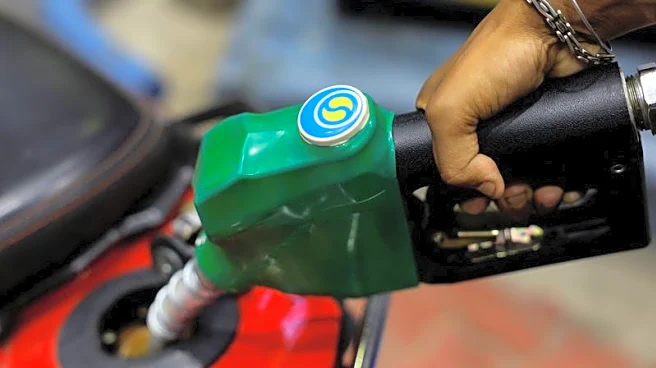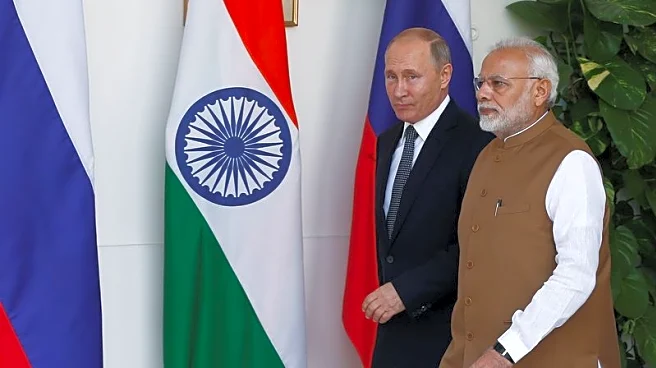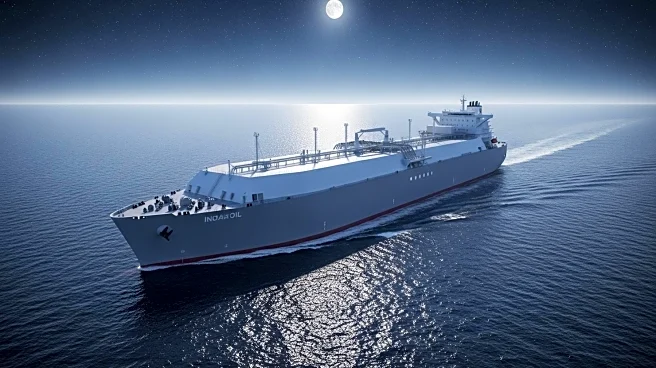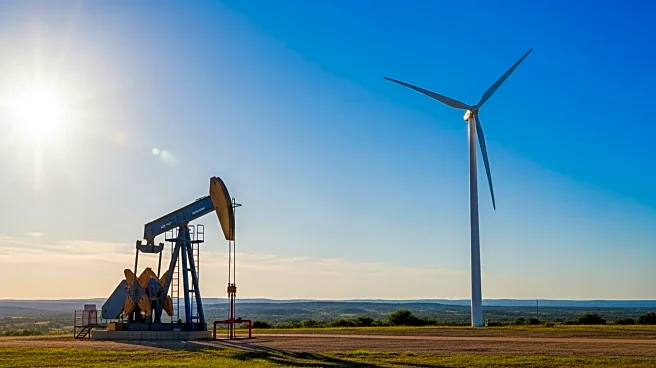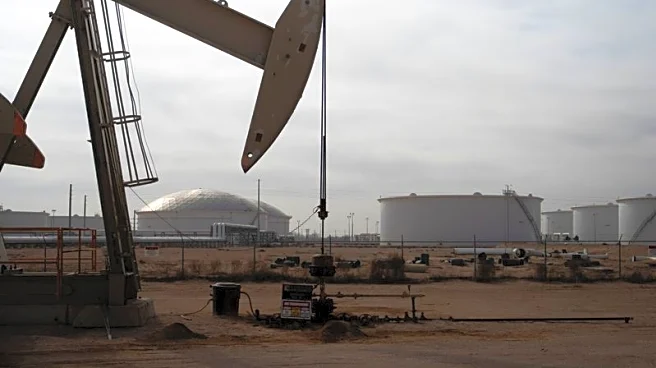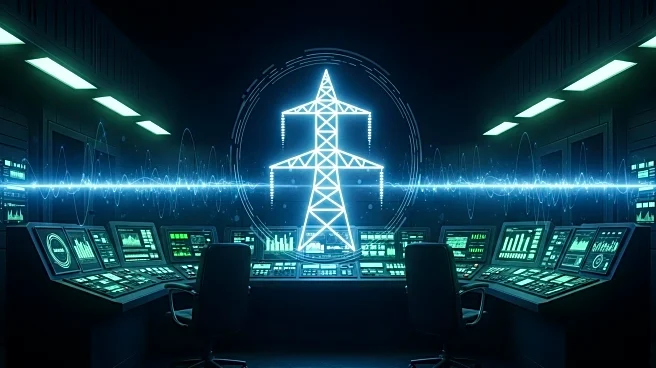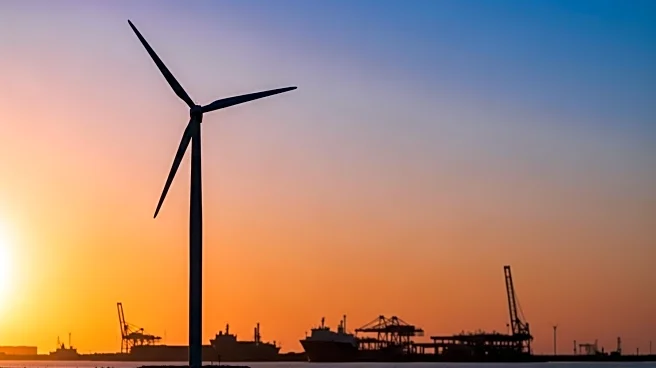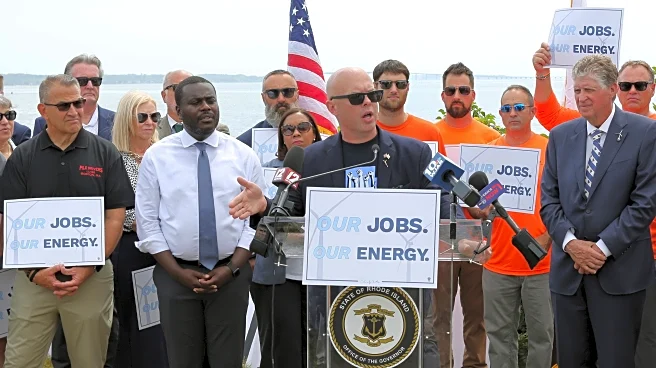What is the story about?
What's Happening?
The U.S. natural gas market in late summer 2025 is experiencing significant volatility due to a combination of record consumption levels and a surplus in storage. As of mid-August, storage levels reached 3,199 billion cubic feet, which is 7% above the five-year average. This surplus is attributed to a robust injection season, with production growth in regions like the Haynesville and Permian basins outpacing consumption. Despite this, the Energy Information Administration (EIA) forecasts that production will plateau in 2026 due to regional imbalances. Additionally, natural gas consumption is projected to hit a record 91.4 billion cubic feet per day, driven by winter heating demand and industrial activity. However, summer consumption patterns have been volatile, influenced by weather anomalies such as unseasonably cool weather and extreme heat. Liquefied natural gas (LNG) exports are also absorbing excess supply, with feedgas deliveries rising significantly.
Why It's Important?
The volatility in the natural gas market has significant implications for investors and stakeholders. The surplus in storage and record consumption levels suggest potential short-term price spikes, especially as the EIA anticipates smaller injections in the coming weeks. The expansion of LNG export capacity introduces both opportunities and risks, as it diversifies demand but also exposes the market to global price swings. Investors in export-focused assets must carefully weigh these factors. Additionally, weather-related demand shifts require strategic positioning to hedge against risks. The projected record winter heating season could lead to a seasonal rally in prices, but summer volatility may erode gains if not properly managed. Overall, the market's sensitivity to weather and infrastructure changes necessitates a balanced approach to investment.
What's Next?
Looking ahead, stakeholders in the natural gas market will need to closely monitor EIA storage forecasts and production trends. The anticipated plateau in production growth in 2026 could lead to tighter market conditions, impacting prices. Investors may need to diversify exposure across different demand sectors, including power generation, residential heating, and industrial activity, to mitigate risks associated with weather-driven volatility. The expansion of LNG export infrastructure will continue to play a crucial role in shaping market dynamics, with geopolitical factors potentially influencing global price swings. Strategic positioning and hedging against divergent risks will be essential for navigating the turbulent landscape.
Beyond the Headlines
The current dynamics in the natural gas market highlight broader implications for energy policy and infrastructure development. The interplay between domestic production, consumption, and export capacity underscores the need for strategic planning to ensure energy security and stability. As the U.S. continues to expand its LNG export capabilities, it may face increased geopolitical challenges, particularly in balancing domestic needs with international market demands. Additionally, the sensitivity of the market to weather patterns raises questions about the impact of climate change on energy consumption and production. Long-term shifts in energy policy may be necessary to address these challenges and ensure sustainable growth.
AI Generated Content
Do you find this article useful?


